Stage Coach
Topic with 25 items
|
Title
|
Images
|
Item Comment
|
Prefix
|
Number
|
In set
|
Set
|
Set Comment
|
Type
|
Artist
|
Author
|
Size
|
Topics
|
Set Covers
|
Reference
| |
|---|---|---|---|---|---|---|---|---|---|---|---|---|---|---|---|
| 21 |

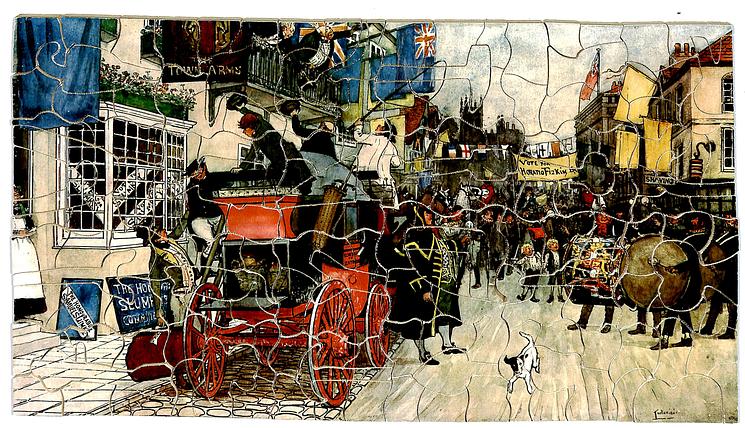


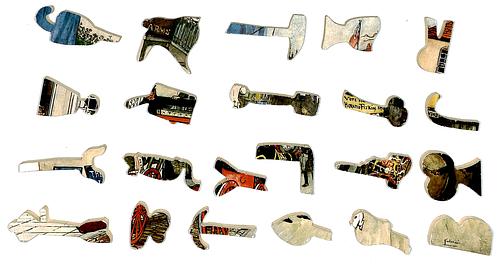
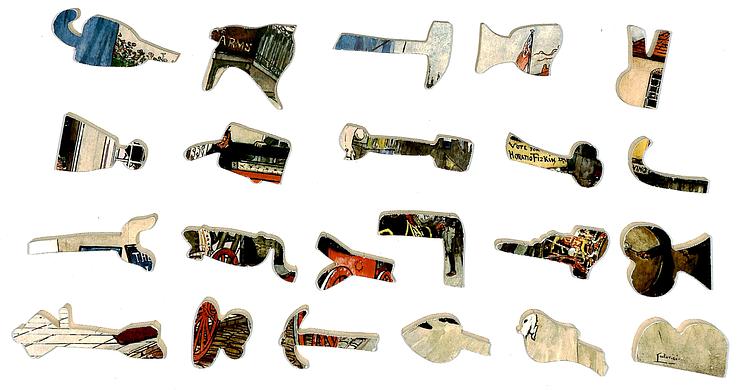
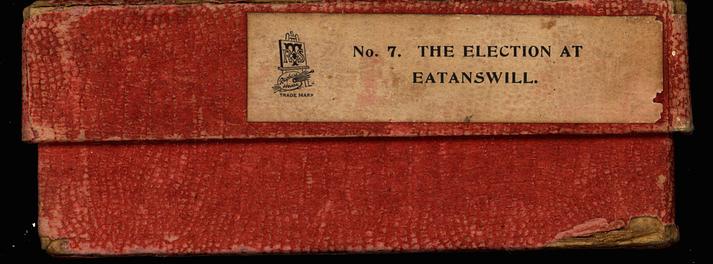
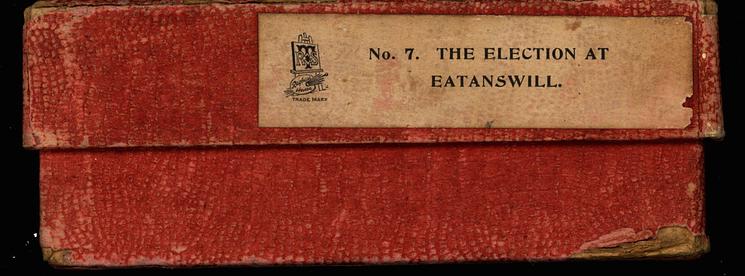
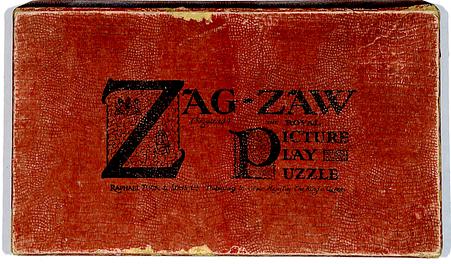
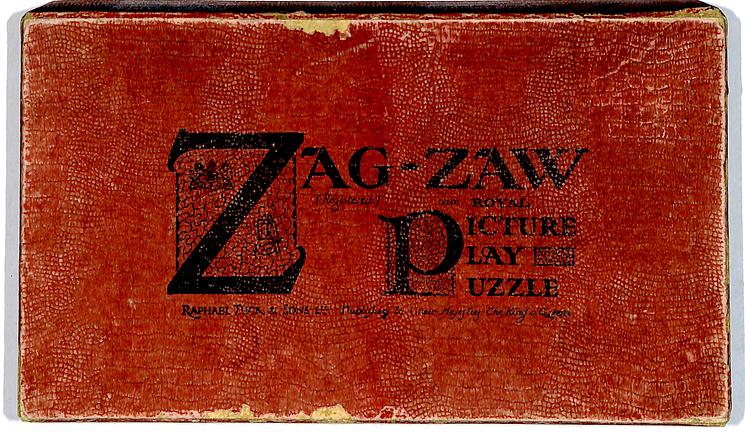
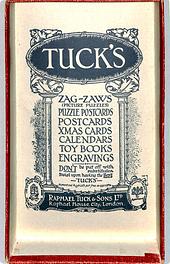
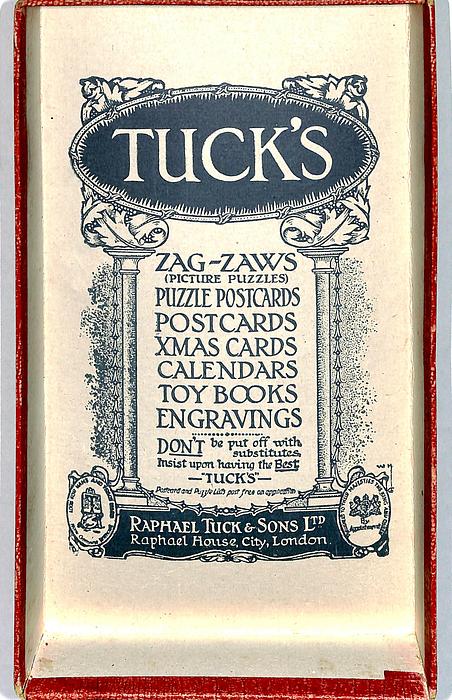
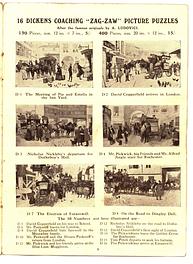
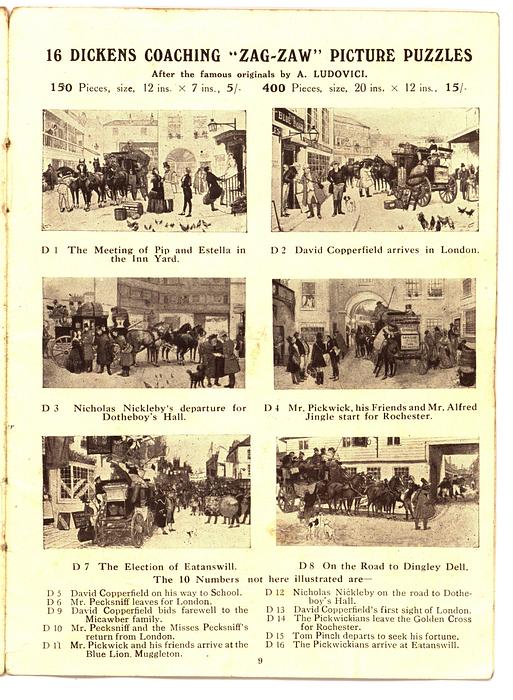
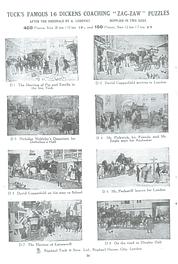
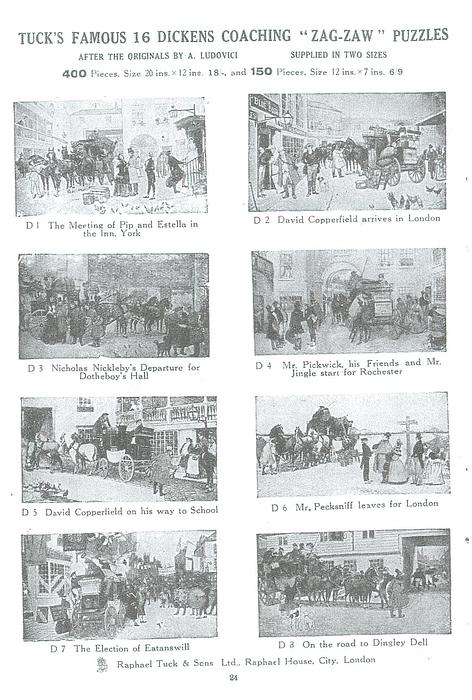
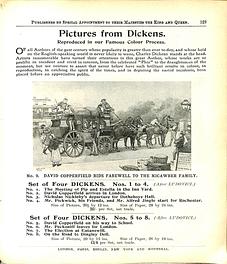

|
150 pieces, wooden, figurals, complete with box, push fit style, the same image is described and listed in the catalogs as being part of the TUCK'S FAMOUS 16 DICKENS COACHING "ZAG-ZAW" PUZZLES, also comes as a print
|
|
7
|
|
Zag-Zaw line of puzzles was first produced in 1909, most incorporate figurals or whimsies, sold in red, orange, or occasionally green boxes with labels on the side or bottom of the box, most without guide pictures. Initially cut non-interlocking but by 1930's became more so. Puzzles have a different cuts so that the same image will come in several versions which means that missing pieces can not be taken from other puzzles with the same image. The puzzle labels are often hand written and come with minor variations in titles and details. Some have a DESIGN category on the label. From my readings this refers to the style of cut, wavy lines, figurals, etc. See also Bob Armstrong's website on old jigsaw puzzles
|
A. LUDOVICI
|
|
11 3/4 x 6 1/2 in.
|
|
| ||||
| 22 |
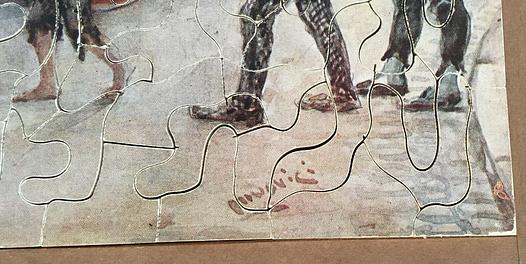

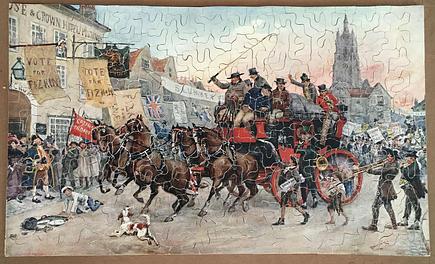

|
German cut, 386 pieces, wooden, complete, push fit, no box but Tuck trademark symbol on lower R corner, as per seller--In 1915 Tuck's German in Berlin was liquidated and Wohlgemuth & Lissner in Berlin took over their business. The German Tuck's can be recognized by the different style of cutting then the British Tuck's. After the takeover W&L kept the same cutters. So if this puzzle isn't Wohlgemuth & Lissner, then it is a German Tuck's. circa 1910-1930. per M. Stulemeijer
|
|
|
|
Zag-Zaw line of puzzles was first produced in 1909, most incorporate figurals or whimsies, sold in red, orange, or occasionally green boxes with labels on the side or bottom of the box, most without guide pictures. Initially cut non-interlocking but by 1930's became more so. Puzzles have a different cuts so that the same image will come in several versions which means that missing pieces can not be taken from other puzzles with the same image. The puzzle labels are often hand written and come with minor variations in titles and details. Some have a DESIGN category on the label. From my readings this refers to the style of cut, wavy lines, figurals, etc. See also Bob Armstrong's website on old jigsaw puzzles
|
A. LUDOVICI Albert Ludovici Jr. (1852-1932)
|
|
19.3 x 11.8 in.
|
|
| ||||
| 23 |

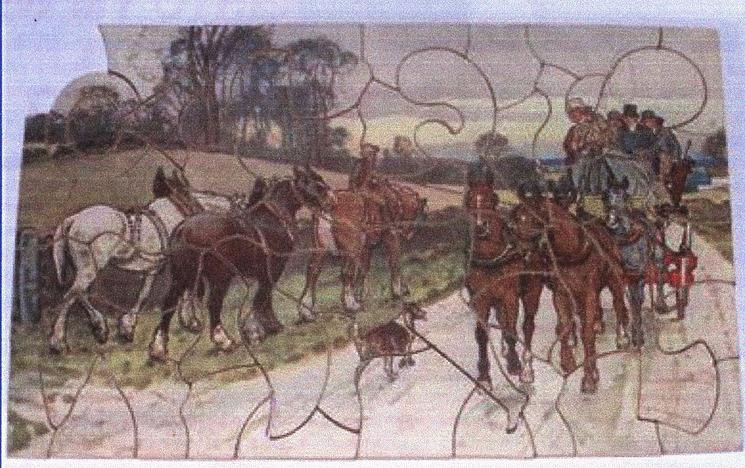
|
about 50 pieces, wooden, figurals, one piece missing, with box, push fit style
|
|
|
|
Zag-Zaw line of puzzles was first produced in 1909, most incorporate figurals or whimsies, sold in red, orange, or occasionally green boxes with labels on the side or bottom of the box, most without guide pictures. Initially cut non-interlocking but by 1930's became more so. Puzzles have a different cuts so that the same image will come in several versions which means that missing pieces can not be taken from other puzzles with the same image. The puzzle labels are often hand written and come with minor variations in titles and details. Some have a DESIGN catergory on the label. From my readings this refers to the style of cut, wavy lines, figurals, etc. See also Bob Armstrong's website on old jigsaw puzzles
|
G. S. WRIGHT
|
|
|
|
| ||||
| 24 |
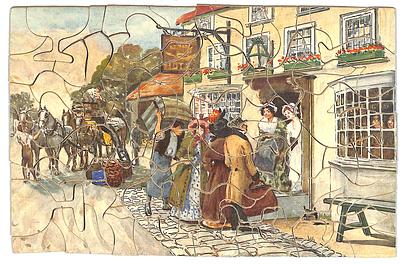

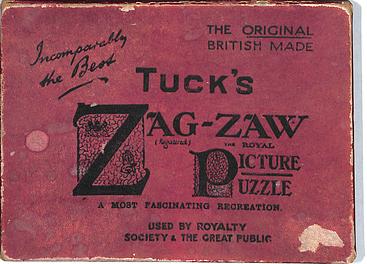
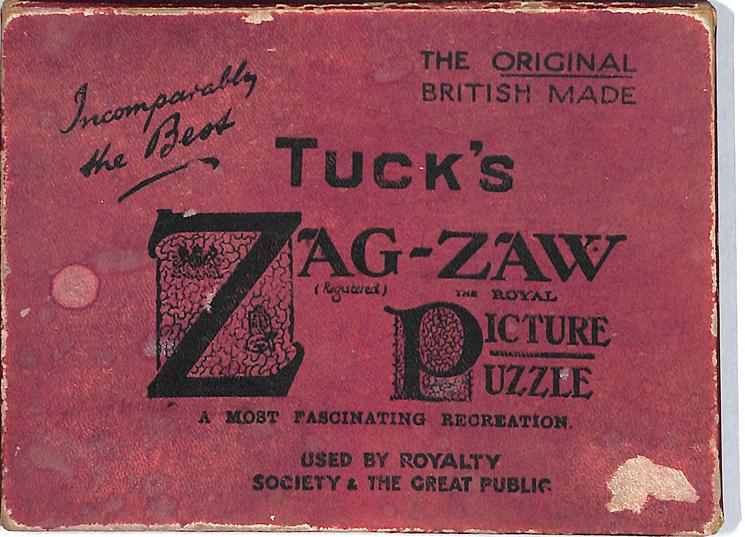

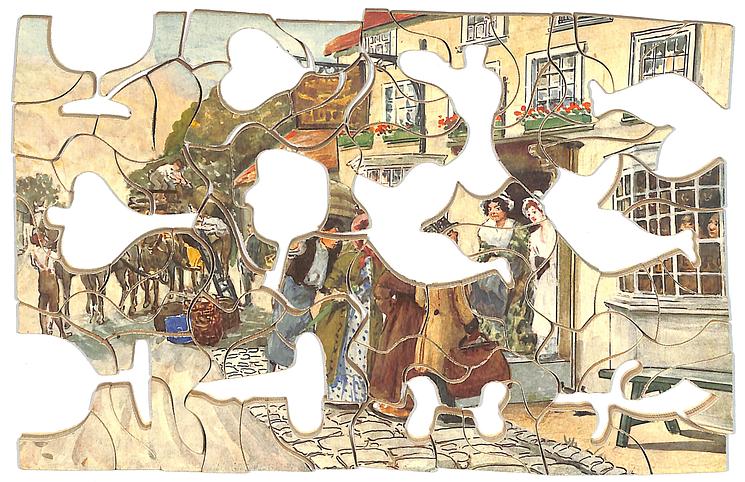
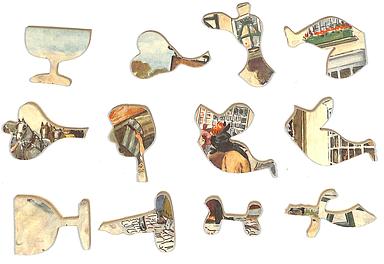

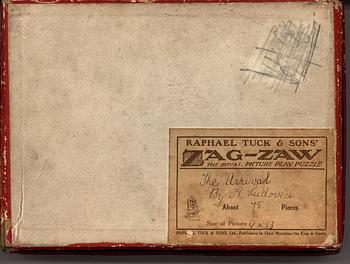

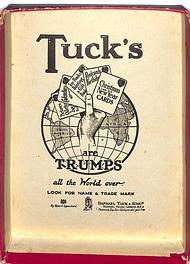
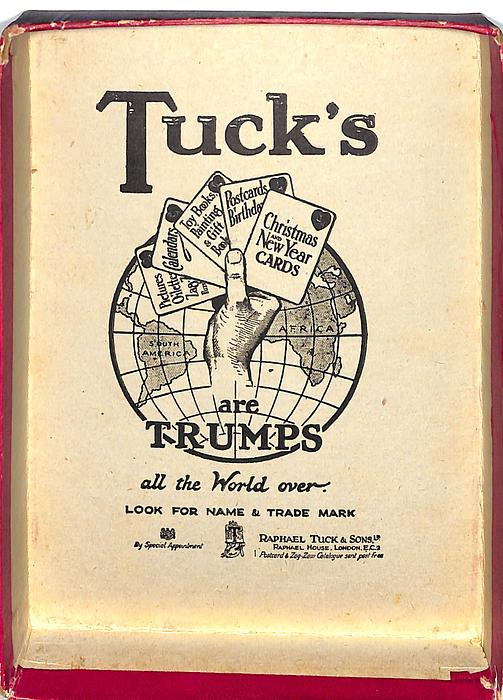

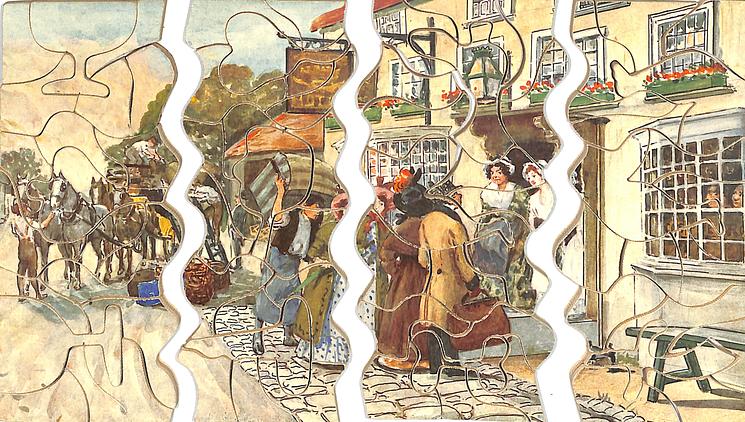
|
about 75 pieces, wooden, figurals, complete with box, push fit style, similar in style to the Dickens Coaching series
|
|
|
|
Zag-Zaw line of puzzles was first produced in 1909, most incorporate figurals or whimsies, sold in red, orange, or occasionally green boxes with labels on the side or bottom of the box, most without guide pictures. Initially cut non-interlocking but by 1930's became more so. Puzzles have a different cuts so that the same image will come in several versions which means that missing pieces can not be taken from other puzzles with the same image. The puzzle labels are often hand written and come with minor variations in titles and details. Some have a DESIGN catergory on the label. From my readings this refers to the style of cut, wavy lines, figurals, etc. See also Bob Armstrong's website on old jigsaw puzzles
|
A. LUDOVICI
|
|
8 1/2 x 5 1/2 in.
|
|
| ||||
| 25 |
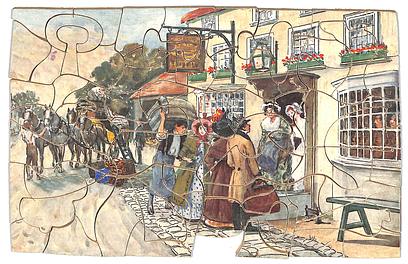



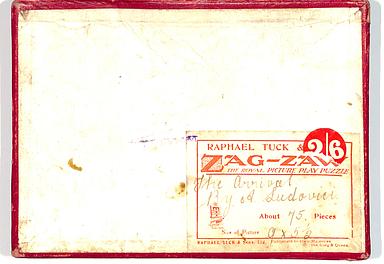
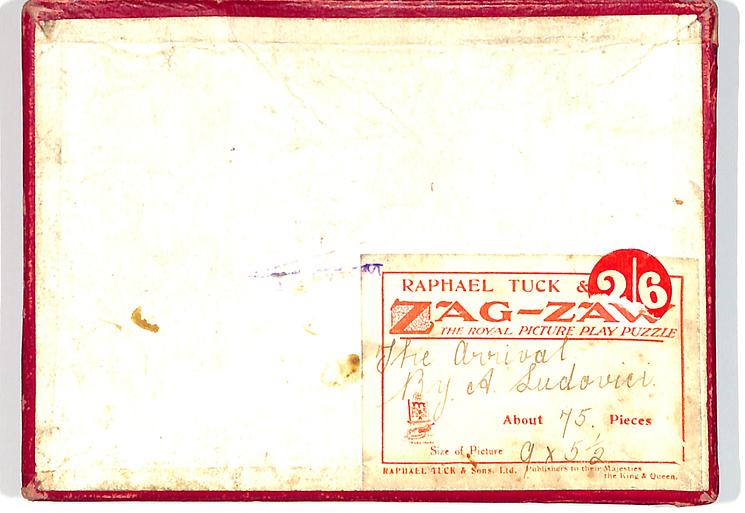
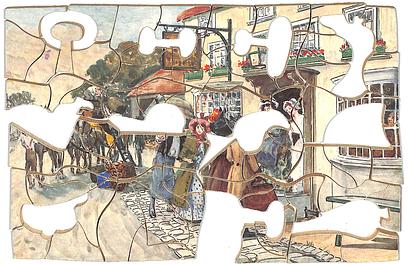

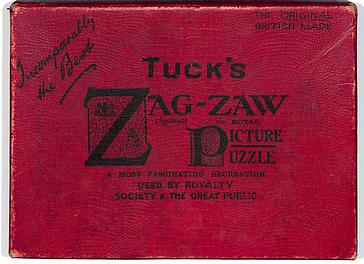
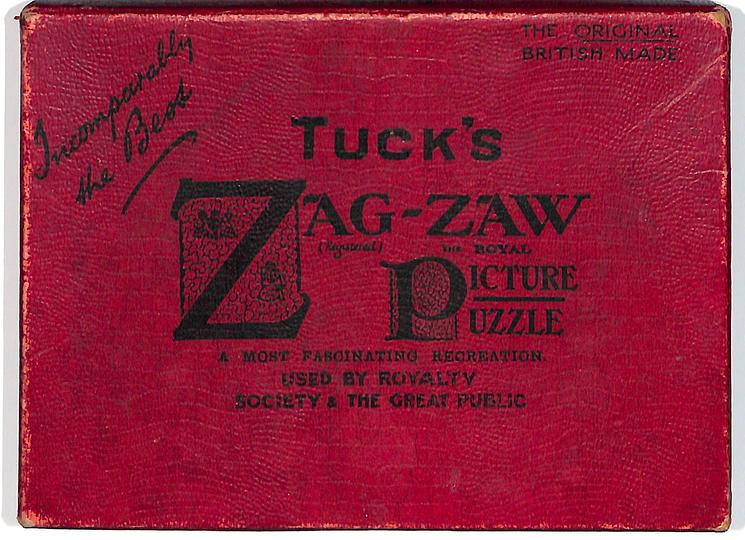
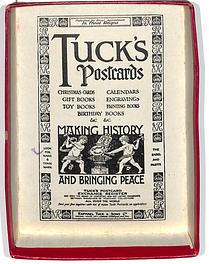
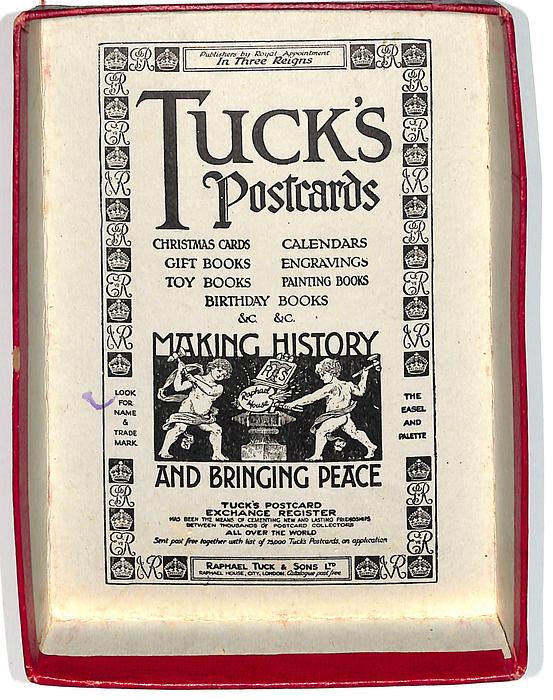
|
about 75 pieces, wooden, figurals, missing one piece, one piece broken but glued together, with box, push fit style
|
|
|
|
Zag-Zaw line of puzzles was first produced in 1909, most incorporate figurals or whimsies, sold in red, orange, or occasionally green boxes with labels on the side or bottom of the box, most without guide pictures. Initially cut non-interlocking but by 1930's became more so. Puzzles have a different cuts so that the same image will come in several versions which means that missing pieces can not be taken from other puzzles with the same image. The puzzle labels are often hand written and come with minor variations in titles and details. Some have a DESIGN catergory on the label. From my readings this refers to the style of cut, wavy lines, figurals, etc. See also Bob Armstrong's website on old jigsaw puzzles
|
A. LUDOVICI
|
|
9 x 5 3/4 in.
|
|
|